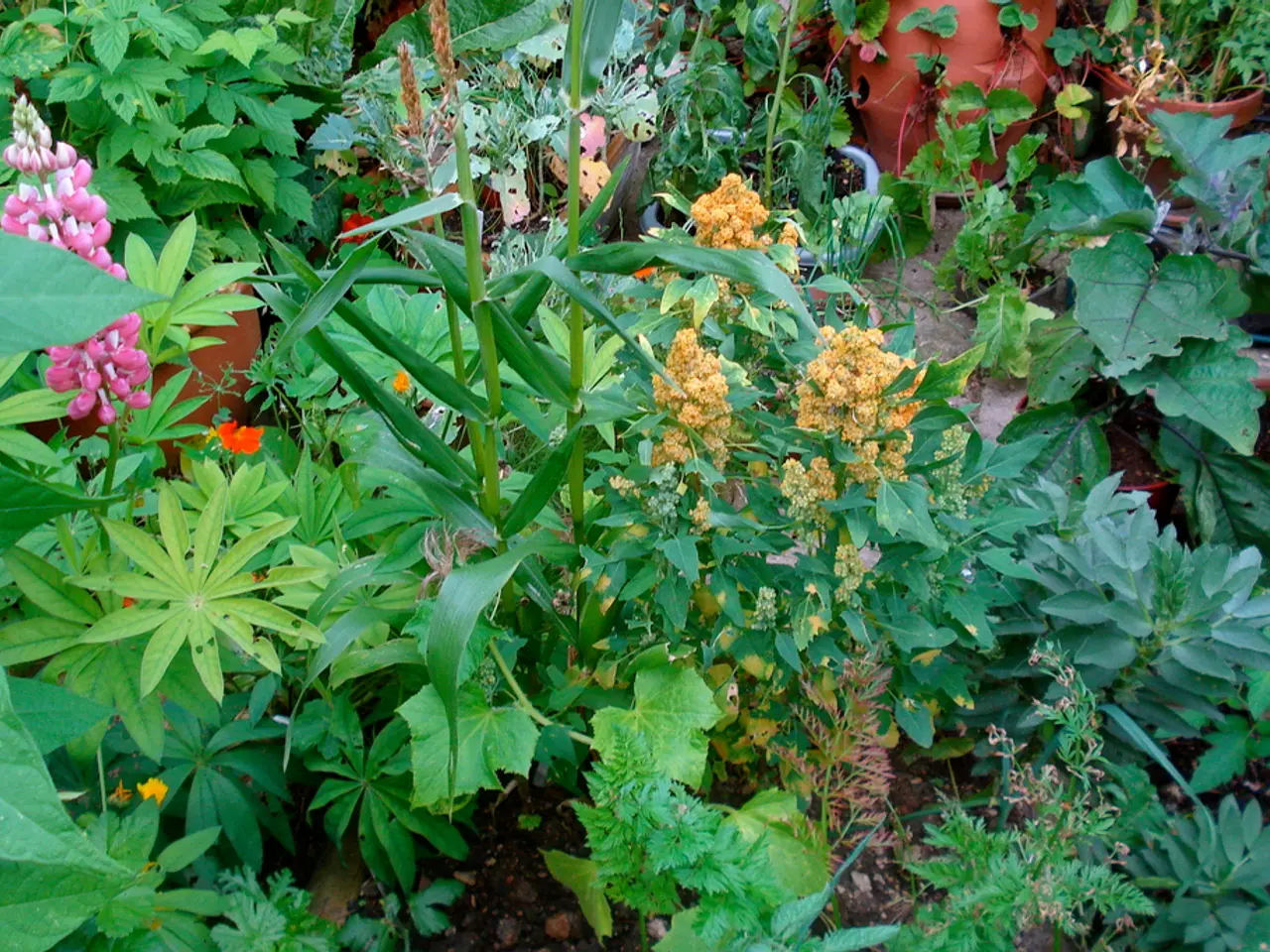Practical Guidance for Effectively Designing a Sustainable Indoor Garden Setup
Planning and Maintaining a Thriving Greenhouse Garden
Greenhouses offer a unique opportunity to extend the growing season and cultivate a diverse range of plants, from cold-hardy peas in early spring to tropical plants like figs and lemons during summer. Here's a guide to help you plan and maintain a thriving greenhouse garden.
1. Start with Seed Selection and Preparation Choose quality seeds suitable for your climate and greenhouse conditions. Carefully read seed labels for germination rates and plant needs. Use sterile soil and proper seed-starting containers such as seed trays or hydroponic trays to reduce disease risks. Water appropriately and feed young plants with diluted fertilizer as recommended. Over-seed to select the strongest seedlings for transplanting later.
2. Extend and Optimize Growing Seasons Use your greenhouse not just for cold months but as a year-round growing space to start seeds early and extend harvests. Practice succession planting: have new crops ready to follow harvested ones to maximize productivity. Rotate crops seasonally to reduce disease and pests, and amend soil regularly with compost or worm castings to maintain fertility.
3. Maintain Ideal Environmental Conditions Monitor and adjust temperature and humidity with tools like thermometers and hygrometers. Ensure good ventilation to regulate heat and humidity, using roof vents, louvres, or fans to prevent plant stress and diseases. Proper airflow is vital during peak growing seasons. Evaluate light exposure: supplement with grow lights if sunlight is insufficient for your plants’ needs.
4. Manage Soil Health and Space Efficiently Prioritize healthy soil by adding organic matter and using cover crops in off-seasons. Plan your greenhouse layout to maximize space and sunlight, using shelving or staging to organize plants without overcrowding.
5. Regular Care and Observation Water in the early morning to reduce disease risks and improve plant uptake. Perform regular maintenance checks for pests, diseases, and any environmental imbalances. Be flexible and ready to adapt conditions or crop choices based on seasonal changes and plant responses.
By combining good seed practices, environmental control, soil care, and attentive management, your greenhouse can become a highly productive and sustainable growing environment throughout the year.
Other articles you might find interesting include: Transplanting Tomato Plants into the Ground, Hardening off Seedlings the Easy Way, How to Transplant Seedlings into the Garden, How to Soak or Sprout Seeds Before Planting, Northern Vegetable Garden Planting Schedule, Starting Vegetable Seeds Indoors, When and How to Start Tomato Seeds Indoors, Winter Sowing Seeds in a Cold Climate (Zone 3), Spring Indoor Seed-Starting Schedule - Free Printable, Organizing and Storing Seeds. A garden planner can be a useful tool for planning greenhouse gardens. Hydroponics is an excellent option for a greenhouse garden, especially when the greenhouse does not have soil. Vertical tower gardens, Kratky method buckets, and NFT systems are examples of hydroponic techniques. Greenhouse beds are measured for repeated use in the following years. Peppers can be grown faster using aeroponics, with a growth speed approximately 30% faster than traditional soil-based methods. Greenhouse gardens can provide a variety of gardening possibilities and fresh produce.
1. To prepare for planting in a geodome greenhouse, choose high-quality seeds that are suitable for cold climate conditions.
2. For maximum productivity, consider planting hydroponics within your greenhouse, as it offers an efficient growing solution when soil is unavailable.
3. To grow a diverse range of plants all year round, consider planting seeds for vegetables like peas in the early spring and figs or lemons during summer in the greenhouse.
4. Organize your greenhouse layout using vertical tower gardens, Kratky method buckets, or NFT systems to make the most of limited space and ensure adequate sunlight for all plants.
5. To maintain a healthy lifestyle and embrace home-and-garden activities, commit to regular watering, pest and disease checks, and soil amendments in your greenhouse garden.
6. As you progress in your gardening journey, expand your knowledge with resources on topics like Winter Sowing Seeds in a Cold Climate, Transplanting Tomato Plants into the Ground, or Organizing and Storing Seeds to further refine your skills and garden's potential.




